January 2022
Blackburn Firebrand TF.II
Blackburn B.45 Firebrand TF.II
708 Naval Air Squadron, RNAS Lee on Solent, 1949.
Valom 1/72 .
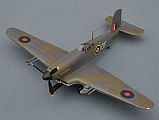
© www.gengriz.co.uk
The Blackburn Firebrand was conceived in the early 1940s as a short range fighter to replace the Skua and Fulmar in RN carrier service. Powered by the massive Napier Sabre 24 Cylinder engine, it was also envisaged that it could operate from shore in defence of naval bases (another area of naval aviation that the RAF had badly neglected during its tenure of the Fleet Air Arm).
In its original form, it was a two-
The TF.II was based on the Sabre-
Firebrands saw relatively limited service, but remained operational for over 8 years,
until replaced by the Westland Wyvern in the early 1950s. The aircraft was large
and ungainly on the flight deck, with its long nose and rear-
Building the Valom Firebrand Mk.II Kit:
This is very much a follow-
It is also, I reckon, the nicer of the two kits, with less parts and a generally
better fit, except around the front edge of the wing to fuselage joint which needed
some fettling. In general, parts fit (including the vacform canopy) was commendably
good for a short-
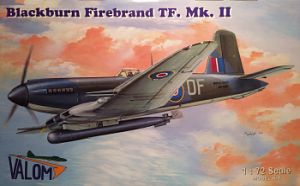
I was a little surprised to see the propeller is moulded as a single part, which
harks back to the olden days of FROG. It's OK, but I would have expected a little
more detail for a modern kit. Blades also look a little short to me -
Decals are good, but far simpler than those for the Mk.5, with fewer stencils and other engineering markings.
The kit is intended to represent an early aircraft operated for evaluation by 708 Sqn at RNAS Lee on Solent in 1945. Here once more there is some confusion in the instructions, which show a different aircraft from the decals and the box top illustration.
Unlike my rather worn looking operational Mk.V model, I have gone for a pristine
finish on this Mk.II evaluation machine. Paints are hand-
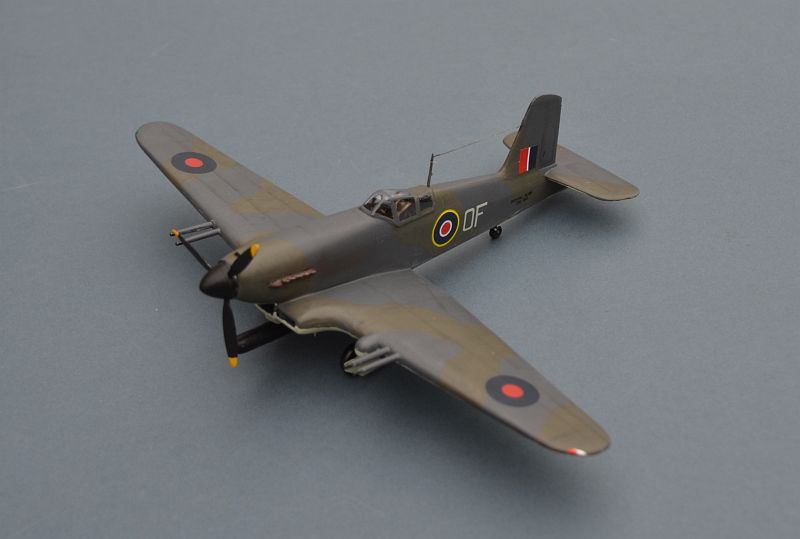
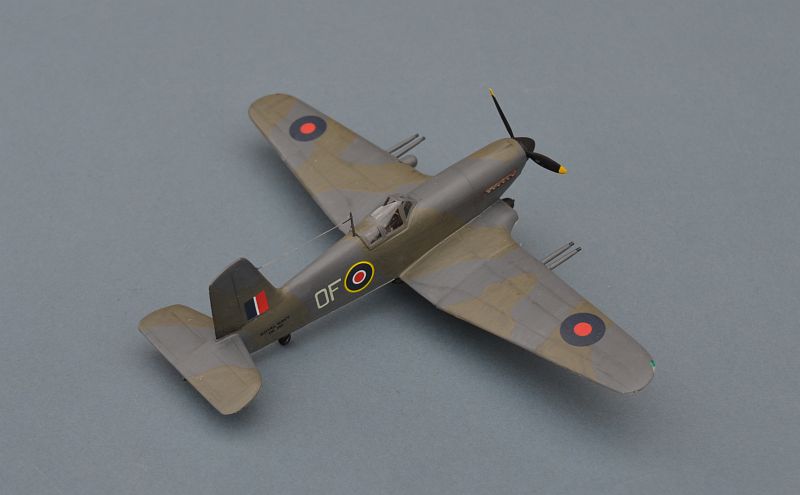
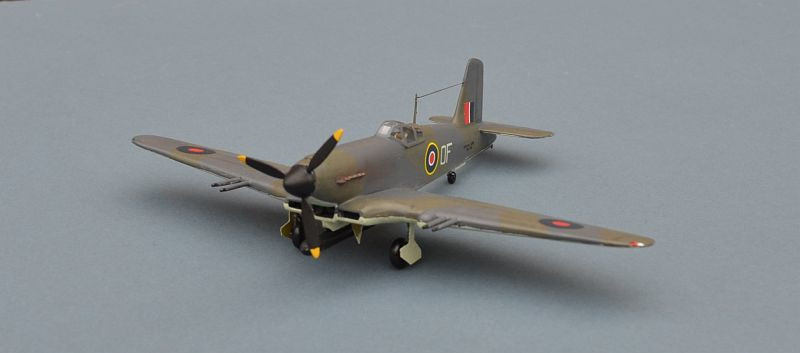
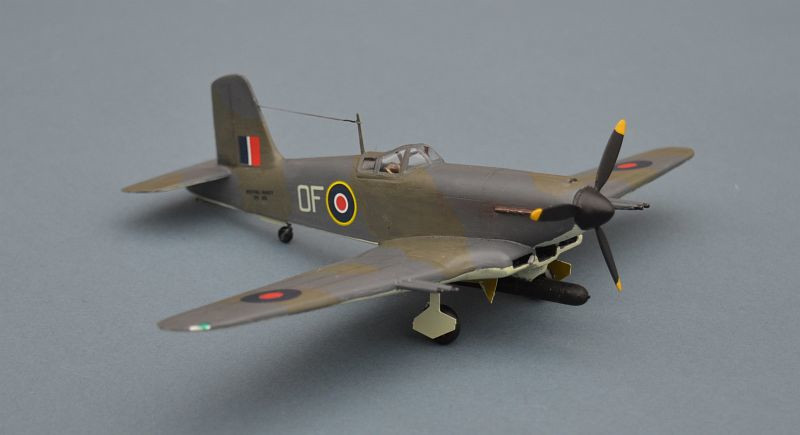
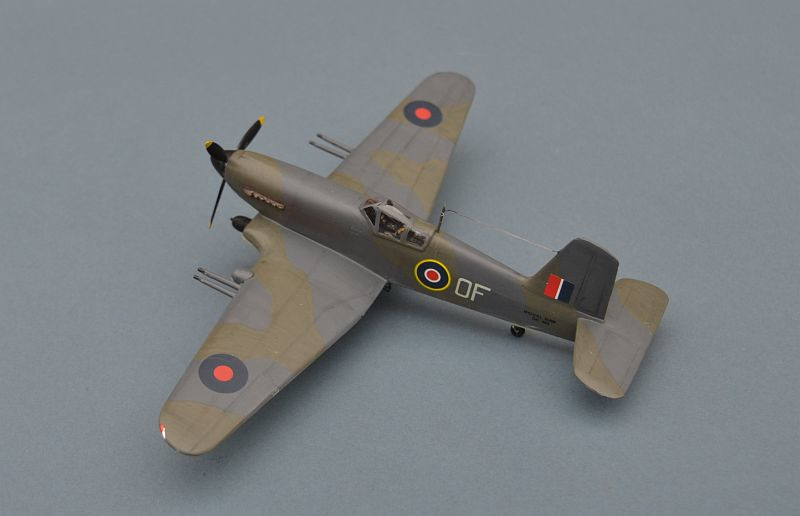
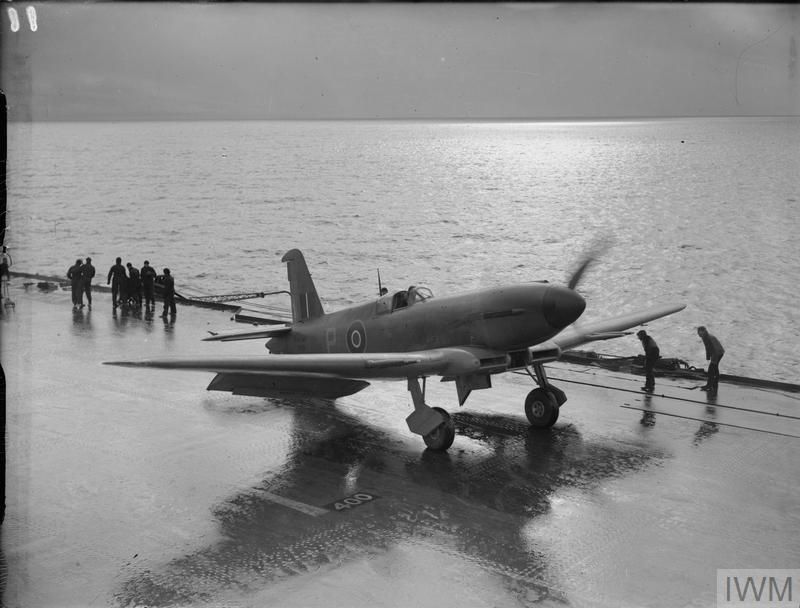
The Real Thing! These photographs, taken in 1943 onboard HMS ILLUSTRIOUS in the Clyde, look to be a prototype Firebrand fighter (there is no space between inner gear doors for the torpedo).
Above: © IWM A 14852
Below © IWM A 20648
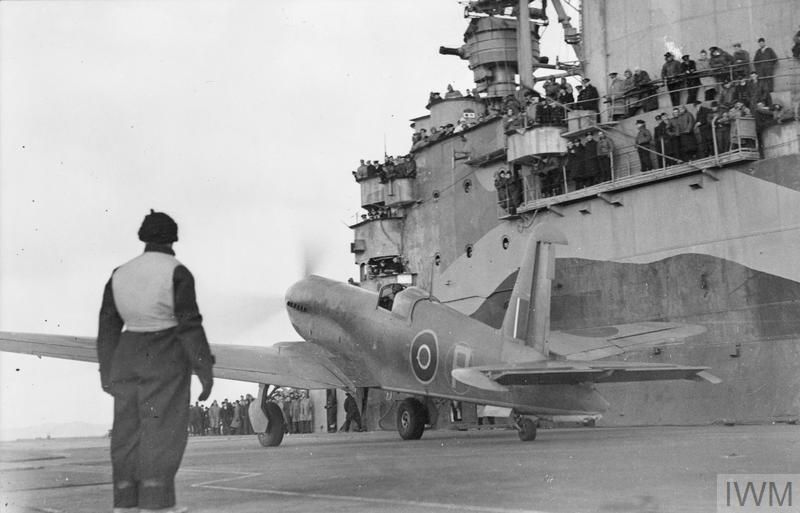
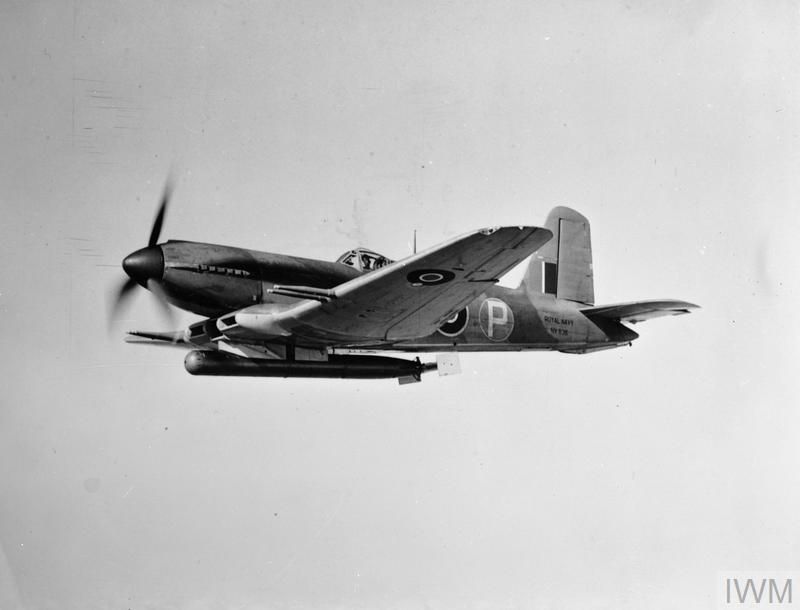
A Firebrand TF Mk.II with torpedo. © IWM MH 4526
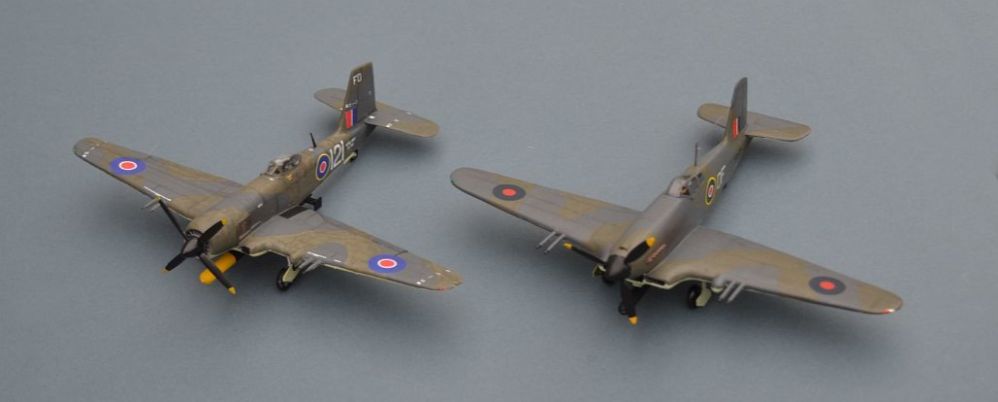
Below: My Firebrand Mk.II and Mk.5 kits together